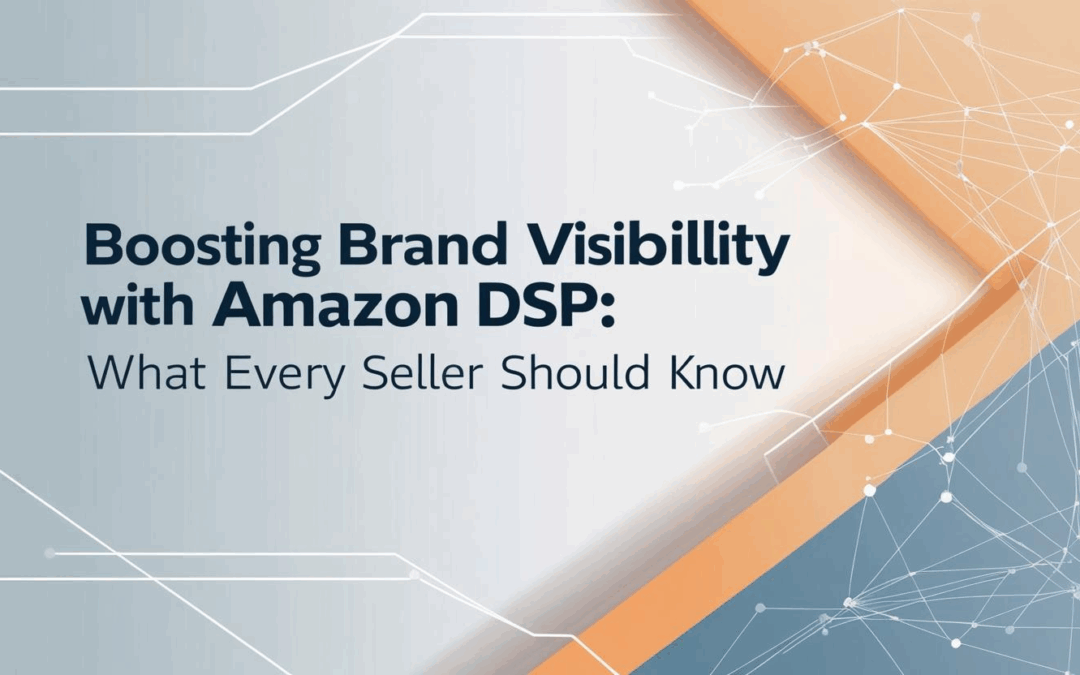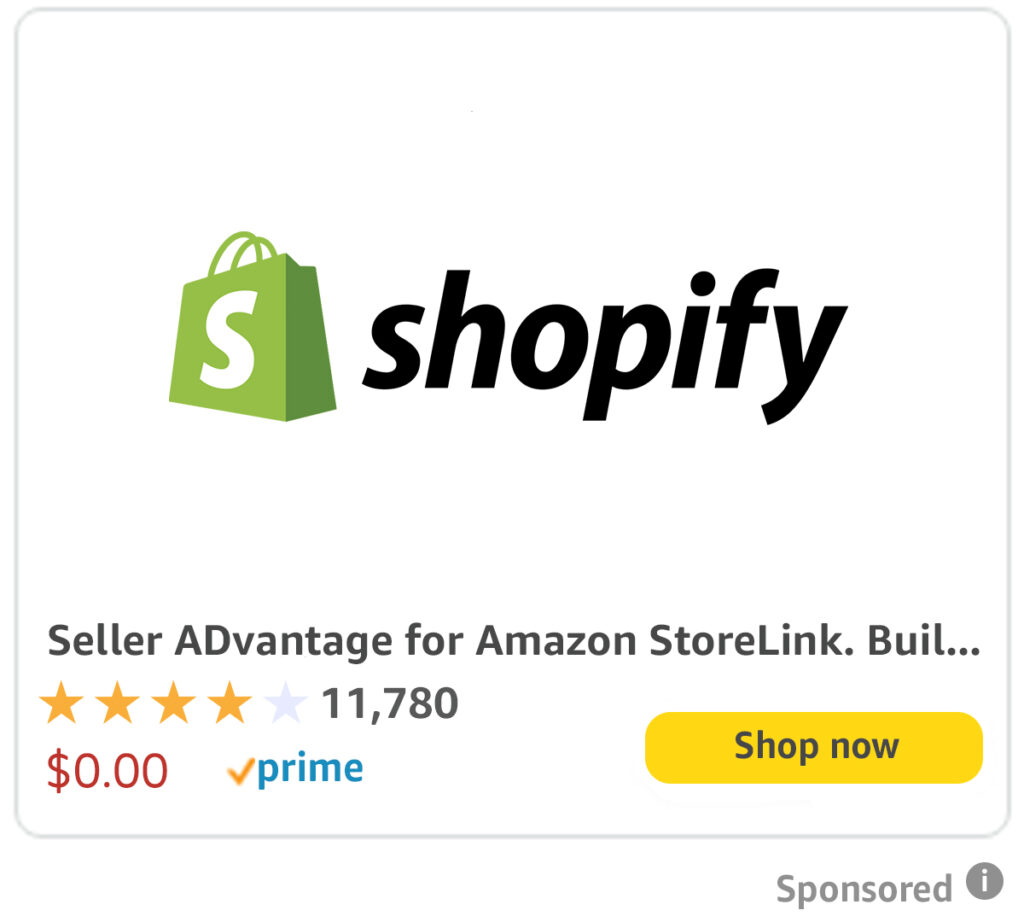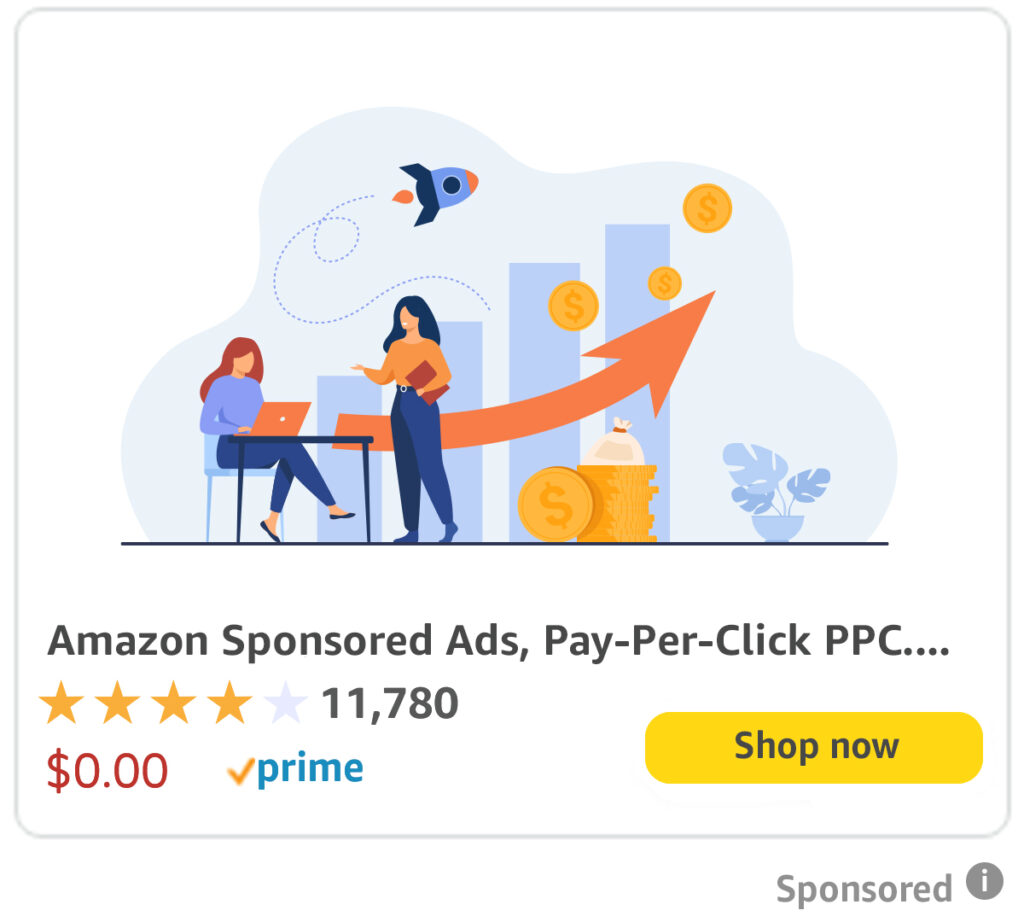Read More
Step-by-Step on SellerADvantage.co.uk
Read on LinkedIn
Read on Medium
Watch on YouTube
Boosting Brand Visibility with Amazon DSP: What Every Seller Should Know
In the last few years, Amazon’s Demand-Side Platform (DSP) has evolved from an experimental add-on to a core component of many sophisticated advertising stacks. For sellers who have long depended on Sponsored Products, Sponsored Brands, and Sponsored Display, the idea of stepping outside the “native” ads ecosystem can feel risky. Yet the results reported by brands that adopt DSP—lifted awareness, higher consideration intent, stronger remarketing performance—are simply too compelling to ignore. Amazon DSP allows you to programmatically purchase display, video, and audio inventory both on and off Amazon, powered by the same first-party shopping signals that make marketplace ads so effective. That combination of reach and intent data is unique: no other walled garden can follow a shopper from product discovery, to comparison, to purchase with such precision.
At its core, DSP is about audience — but not in the abstract. Instead of relying on third-party cookies or look-alike modeling, Amazon leverages billions of in-market and lifestyle signals generated every day across its retail sites, Fire TV, Twitch, IMDb, Amazon Music, and thousands of partnered publishers. For sellers accustomed to keyword bidding, this is a paradigm shift: you are no longer targeting search strings; you are reaching real, identifiable cohorts who have demonstrated interest in products just like yours. Done correctly, DSP can raise total branded search volume, compress the consideration funnel, and improve downstream PPC efficiency by warming up the very shoppers your Sponsored Products campaigns will later attempt to convert. Proper orchestration therefore requires both a technical grasp of programmatic mechanics and a strategic view of how DSP and PPC feed one another.
This article demystifies DSP for the hands-on Amazon advertiser. We will highlight three high-impact action points, each chosen for its ability to amplify brand visibility without wasting budget: (1) architecting full-funnel audience strategies, (2) designing creative that balances brand and retail objectives, and (3) integrating DSP insights back into your PPC workflow. While entire books could be written on each of these topics, our goal here is practical clarity. By the end, you should understand not just why DSP matters, but how to deploy it in concert with your existing campaigns to capture incremental demand, defend share, and set the stage for sustainable growth.
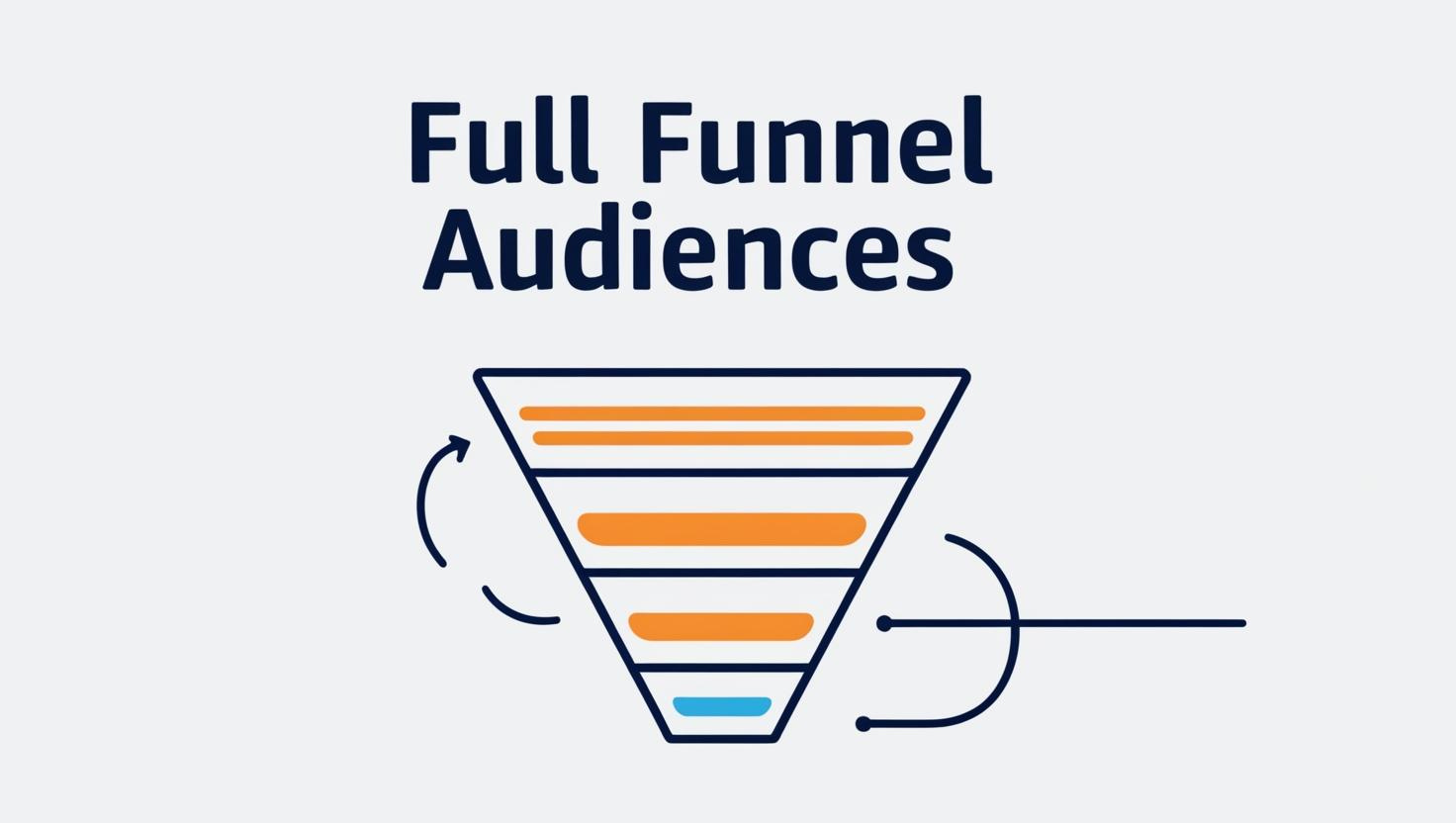
1. Architect a Full-Funnel Audience Strategy That Mirrors the Shopper Journey
The single greatest advantage Amazon DSP offers over marketplace-only ad products is the ability to build sequential audiences that track a shopper from first impression to repeat purchase. Start wide: use lifestyle and in-market segments (e.g., “Home Workout Enthusiasts,” “Natural Beauty Shoppers”) to introduce your brand outside the crowded search results page. Mid-funnel, narrow to “product viewers” and “brand viewers,” capitalizing on recency windows of 7–30 days to reinforce consideration. Finally, deploy bottom-funnel cart abandoner and ASIN remarketing pools to close the sale with personalized creative and promotional hooks. The technical execution hinges on correct use of Amazon’s audience builder tools: segment nesting, frequency caps, and exclusion logic prevent overlap and ad fatigue. Equally important is measurement. Attribute mid-funnel influence by monitoring branded search lift and glance-view-to-order ratios rather than last-click ROAS alone. When sellers align DSP audience architecture with the mental stages of awareness, consideration, and conversion, they create a flywheel: upper-funnel impressions seed demand that PPC later harvests at a lower cost per acquisition, ultimately reducing blended ACOS while expanding total reach.

2. Design Creative That Serves Both Brand Equity and Retail Conversion Goals
Many advertisers treat DSP creative as a purely “branding” exercise, but Amazon’s retail-rich environment opens the door to ads that carry both emotional resonance and direct response triggers. For video, pair a lifestyle narrative with dynamic end-cards that showcase price, star rating, and Prime eligibility pulled directly from your catalog. For display banners, include concise benefit-oriented messaging while leveraging Amazon’s dynamic e-commerce ad formats, which automatically rotate best-selling ASINs based on availability and performance. Consistency is critical: use the same color palette, typography, and tone across PPC and DSP so that shoppers experience a cohesive brand story whether they are browsing a news site or scrolling Amazon’s mobile app. Test creative variations methodically—Amazon’s Creative Builder offers multivariate functionality—rotating calls-to-action (e.g., “Shop Now,” “See Deals”) and imagery to see what nudges your audience forward. The KPI set should reflect a dual objective: track viewable completion rate (VCR) and cost per reach for upper-funnel, but also monitor detail-page-view rate and retail orders attributed for lower-funnel placements. By crafting creative that acknowledges both awareness and purchase intent, sellers avoid the common pitfall of beautiful ads that fail to drive measurable business outcomes.
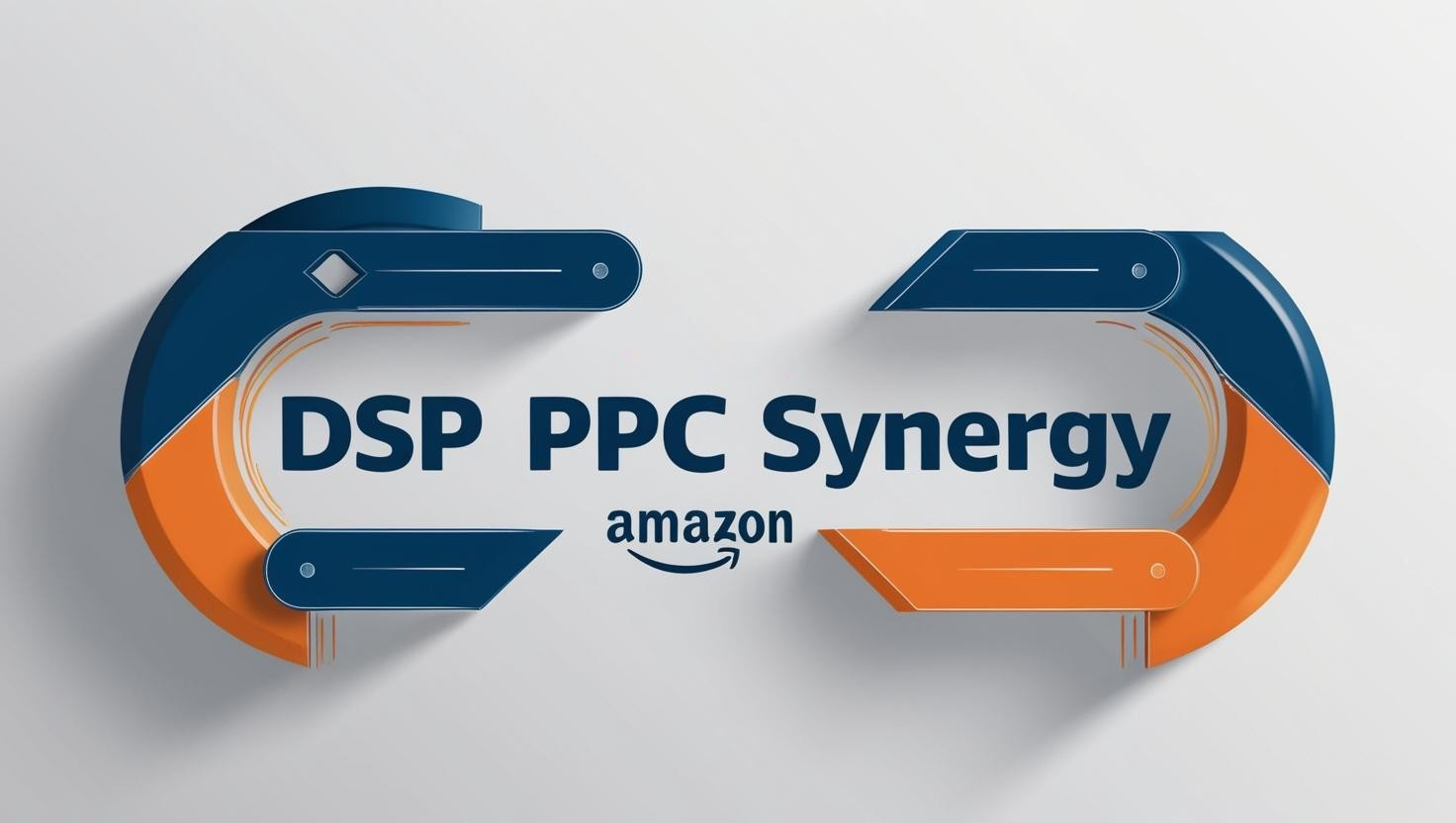
3. Feed DSP Data Back Into PPC for Continuous Optimization and Share Defense
Amazon now exposes granular DSP reporting through Amazon Marketing Cloud (AMC) and downloadable event logs, enabling sophisticated cross-channel analysis. Use these insights to inform PPC keyword expansion and bid strategies. For example, examine AMC path-to-purchase queries to identify which category or lifestyle segments most often precede branded search conversions; convert the descriptive language of those segments into new broad-match or category-target keywords in Sponsored Products. Likewise, analyze impression-assist ratios to decide where budget reallocation makes sense—if a mid-funnel DSP line item drives a high volume of “view-through then search-click” orders, consider shifting incremental spend from generic PPC campaigns with diminishing returns. Defensive strategy also benefits: DSP’s viewability across competitor detail pages alerts you to rising threats earlier than Sponsored Product share-of-voice tools alone. When you notice an uptick in competitor PDP placements eating into your remarketing pools, deploy aggressive Sponsored Display ASIN targeting or increase bids on tactical branded terms. The feedback loop is continuous: PPC signals new converting queries you can parlay into DSP affinity segments, while DSP highlights audience behavior patterns PPC cannot see. Sellers who operationalize this loop find that their blended cost-of-sale stabilizes even as they scale, because every dollar now carries the full intelligence of two complementary channels.
Amazon DSP can appear daunting at first glance, especially to sellers who have mastered the precision of keyword bidding and are wary of less transparent display spending. Yet dismissing DSP means surrendering two priceless advantages to competitors: reach beyond the marketplace and proprietary first-party intent signals that no other platform can replicate. By architecting a full-funnel audience strategy, designing conversion-minded creative, and integrating DSP intelligence back into your PPC workflow, you transform what might have been a siloed branding tool into a revenue-generating engine that supports every stage of your customer journey. Implementation will require experimentation, and not every test will succeed—set realistic learning budgets, enforce disciplined measurement protocols, and accept that DSP optimization cycles run longer than typical PPC bid adjustments. That patience will pay off when you see branded search grow organically, category rank climb, and retargeting costs fall because your upper-funnel efforts have primed demand.
Remember that Amazon’s advertising ecosystem is dynamic. New inventory sources such as Freevee and Fire TV Channels are constantly expanding reach, while advances in AMC and the DSP console give advertisers deeper visibility into cross-device behavior. Keep a close eye on emerging beta features like responsive e-commerce creatives and audio ads; early adoption often yields an outsized competitive edge. At the same time, maintain alignment with brand objectives: visibility without relevance is noise, and relevance without creativity is forgettable. The sweet spot lies in delivering the right message, to the right audience, in the right context—DSP’s targeting infrastructure exists precisely to make that possible. Continue refining your segmentation logic, iterating on creative, and feeding insights back to marketplace campaigns, and you will build a robust, defensible growth engine even as ad auctions become more crowded.
Ultimately, mastering Amazon DSP is less about chasing the latest tactic and more about embracing a holistic mindset. The sellers who win are those who view advertising channels as interconnected levers within a unified revenue system, not isolated expense lines. Adopt that view, stay disciplined with data, and Amazon DSP will amplify your brand far beyond the search results page—turning casual browsers into loyal customers and unlocking sustainable visibility in an increasingly competitive landscape.
Any follow helps us out a lot – Thank-You!
If you like this article and want to explore further insights, discuss collaborative opportunities, or simply connect, please feel free to reach out to me on any of the following :
Work With Us
Hire Us on fiverr
Hire Us on upwork
🔴Book a FREE PPC Audit🔴


